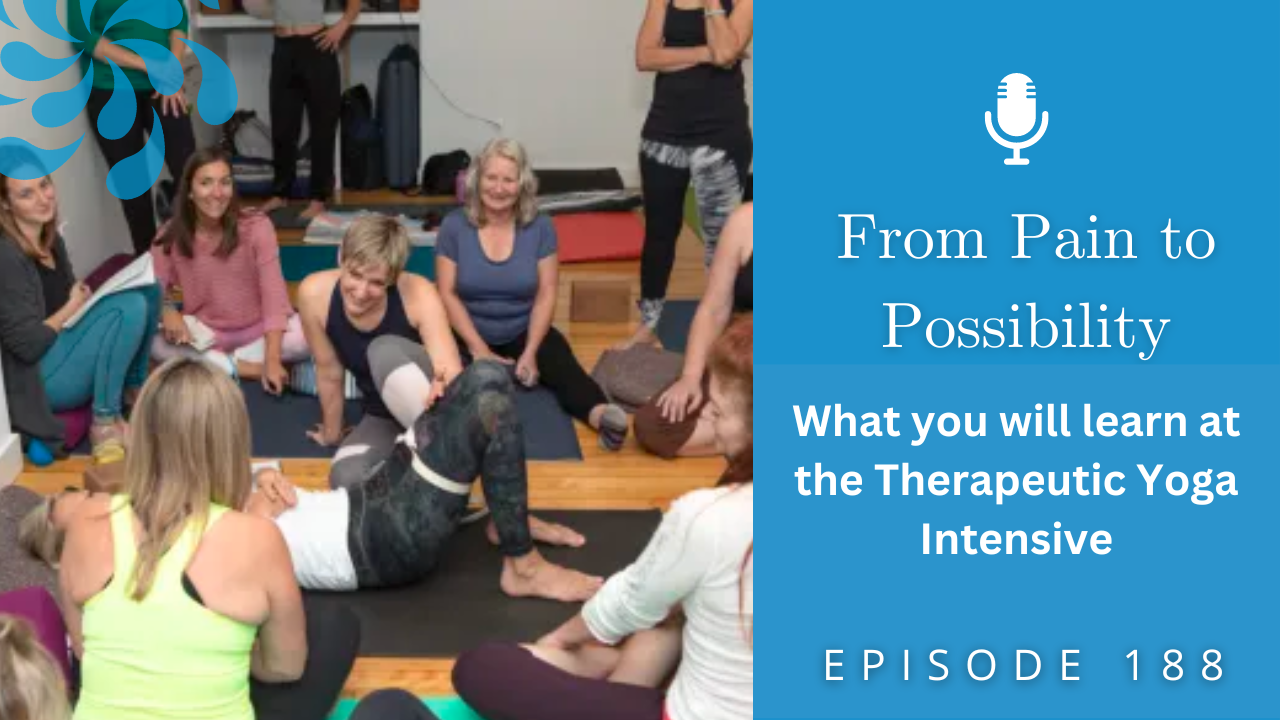I have a very exciting announcement to share this week. From October 28th to November 2nd, 2023, I'm running my Therapeutic Yoga Intensive where you can learn about the foundational principles for helping people reduce and eradicate physical pain using the Functional Synergy model and toolkit.
The intensive focuses on teaching foundational principles that will not only alleviate physical pain but also provide a toolkit for participants to use in teaching and supporting their own clients.
Tune in this week to discover the three essential elements of this training, why my teaching style is intrinsically successful, and the results you can expect. I'm giving you all the details on this intensive so you decide if it's right for you and I'm sharing how you can sign up.
Subscribe: Apple Podcasts | Spotify

